|
Operational Amplifiers: Theory and Design
On-Line Class
November 3-14, 2025
|
|
Definitions. Equivalent Circuits and Macromodels. Precision Applications.
The introductory part will cover general opamp aspects. Firstly, four different types of opamps will be defined on the basis of the grounding scheme of the input and output port. Secondly, macromodels, equivalent circuits and chain matrices of the above four opamp types will be given. Thirdly, a number of characteristic applications will be described. A systematic way to relate the application specifications to the opamp specifications will be presented.
|
|
Input Stages. Offset, Noise. CMRR, Rail-to-Rail Capability.
The input stage of an operational amplifier has to amplify differential signals and reject common-mode signals. Other design specifications for an input stage are low offset, low noise and low distortion, etc. This course discusses techniques and design considerations which can be used to obtain high-performance input stages. In low-voltage applications it is sometimes necessary to have a common-mode input range which extends from rail to rail. Particularly, this is needed in buffer applications which require a high signal-to-noise ratio. In this case a complementary input stage can be used. One of the problems of this type of input stage is that its gm varies over the common-mode input range which blocks an optimal frequency compensation. Several techniques to keep the gm of a complementary input stage constant will be discussed.
|
|
Output Stages. Voltage and Current Efficiency. Class-AB Biasing.
This section explains the design of output stages with a high power efficiency. It will be shown that, besides the conventional feedforward class AB biasing, feedback class AB biasing can be applied with many interesting advantages, such as ultra low supply voltage. Several saturation protection and current limitation circuits are shown for bipolar output transistors.
|
|
Overall Design. Nine Topologies, Frequency Compensation.
Slew-Rate, Non-linear Distortion.
This part of the course will introduce nine overall operational amplifier topologies. It will discuss the basic properties of each topology, focusing on such parameters as gain and bandwidth, but also whether a topology is suited for low power. Based on the nine topologies, we will have a look at frequency compensation strategies for achieving sufficient gain and phase margin. For amplifiers with two gain stages these techniques include so called parallel compensation and Miller compensation. For amplifiers with three stages and more, the course will cover techniques like Nested Miller compensation, Multipath Nested Miller compensation and Hybrid Nested Miller compensation. We will also investigate techniques for avoiding the so called right-half-plane zero that occurs in Miller compensated amplifiers. Finally, this section will touch on slew rate limitations and non-linearity of the active components. We will see that both effects are causes for non-linear distortion and how using the right frequency compensation technique can help improve the performance.
|
|
Two-Stage Configurations. Three-Stage Configurations.
Four-Stage Configurations.
These three sessions explain the design of realization examples of each of the nine overall opamp topologies. Many prominent opamp designs are covered. The opamps are differentiated according to the types of stages they are composed of, such as a general amplifier (GA) built with a differential pair or a stage having the emitters or sources connected to ground or one of the supply rails, a current follower (CF) or current mirror stage, a voltage follower (VF) stage or a compound stage (VF/GA). Feasible are two two-stage amplifiers, six three-stage amplifiers and one four-stage amplifier. In this manner all opamps are ordered in a framework which clearly depicts their related or different specifications.
|
|
Fully Differential OpAmps.
This section describes a number of fully differential opamp types. The issue of common mode feedback is covered with each type.
|
|
Low-Offset Chopper and Instrumentation Amplifiers.
This section gives an overview of techniques that achieve low-offset, low-noise, and high accuracy in CMOS operational amplifiers (OA or OpAmp) and instrumentation amplifiers (IA or InstAmp). Auto-zero and chopper techniques are used apart and in combination with each other. Frequency-compensation techniques are shown that obtain straight roll-off amplitude characteristics in the multi-path architectures of chopper stabilized amplifiers. Therefore, these amplifiers can be used in standard feedback networks. Offset voltages lower than 1µV can be achieved.
|
|
Capacitive Coupled Amplifiers
This lecture introduces capacitive-coupled amplifiers which are used in applications interfacing high input CM voltages. Signal transfer through on-chip metal–oxide–metal capacitors are explained with design examples.
|
 |
